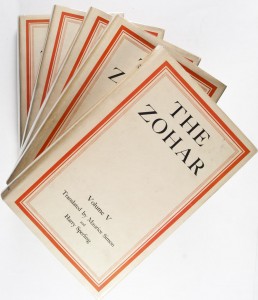 Daniel Matt, professor, scholar and student of Jewish mystical teachings arrives this Sunday at DIA. Dr. Matt’s scholar-in-residence week is a joint effort for the new Jewish learning collaborative of the Loup Jewish Community Center, Denver University’s Center for Judaic Studies and Kabbalah Experience.
Daniel Matt, professor, scholar and student of Jewish mystical teachings arrives this Sunday at DIA. Dr. Matt’s scholar-in-residence week is a joint effort for the new Jewish learning collaborative of the Loup Jewish Community Center, Denver University’s Center for Judaic Studies and Kabbalah Experience.
If you have time to ask only one question of the man who is at the center of the monumental translation of the Zohar which question do you choose? I will have that opportunity as we settle into the car ride from DIA to east Denver.
The Zohar is the centerpiece of the thousands of books that transmit the wisdom of Kabbalah. The Zohar is a mystical midrash—teachings of the Kabbalah that intermittently, but consistently, follow the Torah text. This allows the Zohar to stand out as a practical tool for seeking a deeper understanding of the verses in the Torah which served to popularize it among scholars and people in general. The Zohar also gained its unique status for its denseness and complexity. The first complexity is the denseness of its Aramaic language. A translation into English, with copious annotations, will help dissolve that barrier. The second complexity is the language of the Kabbalah itself and for that no translation can quite overcome the Zohar’s meaning. One needs to study in order to enter the Zohar.
Much of the Zohar is story telling; following the students of the first century master, Rabbi Shimeon bar Yochai as they bring their questions and experiences to their teacher and challenge each other. Even the stories are layered in shrouds of meanings—intentionally obscuring understanding for the uninitiated.
The story of Matt’s translation is also layered, as is any life work we engage upon. Margot Pritzker, married to Tom, who is CEO of The Pritzker Organization (among whose businesses is the Hyatt hotel) was studying the Zohar with her rabbi in Chicago and wondered why there was not a comprehensive translation of the Zohar in English. This led to a now famous meeting at O’Hare airport between Pritzker and Matt. Dr. Matt was dubious about Margot’s grasp of what it meant to undertake the project until she reassured him that no matter how long it took and whatever might be involved, the support would be there. I can only imagine Moses de Leon, the author of the Zohar hovering in the airport lounge and smiling. Some 800 year ago he too found patrons to support his writings, including the writing of the Zohar, most prominent of them, Joseph Abulafia, CEO of The Abulafia Organization.
How fitting is it that the Zohar’s fate continues to be a collaborative effort between scholar and financier? The soul and the body must find their union at all times. And who knows, maybe the next time you stay at a Hyatt, check the nightstand. There just may be a yellow covered book entitled, Daniel’s Zohar.
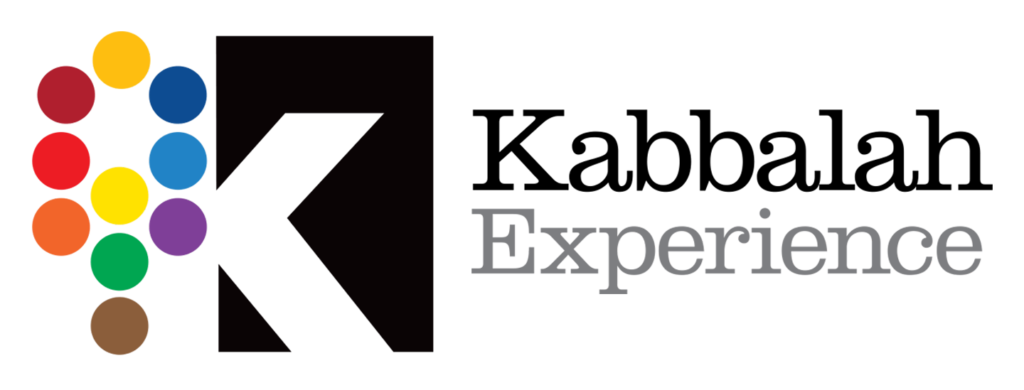
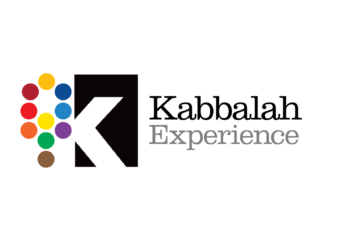
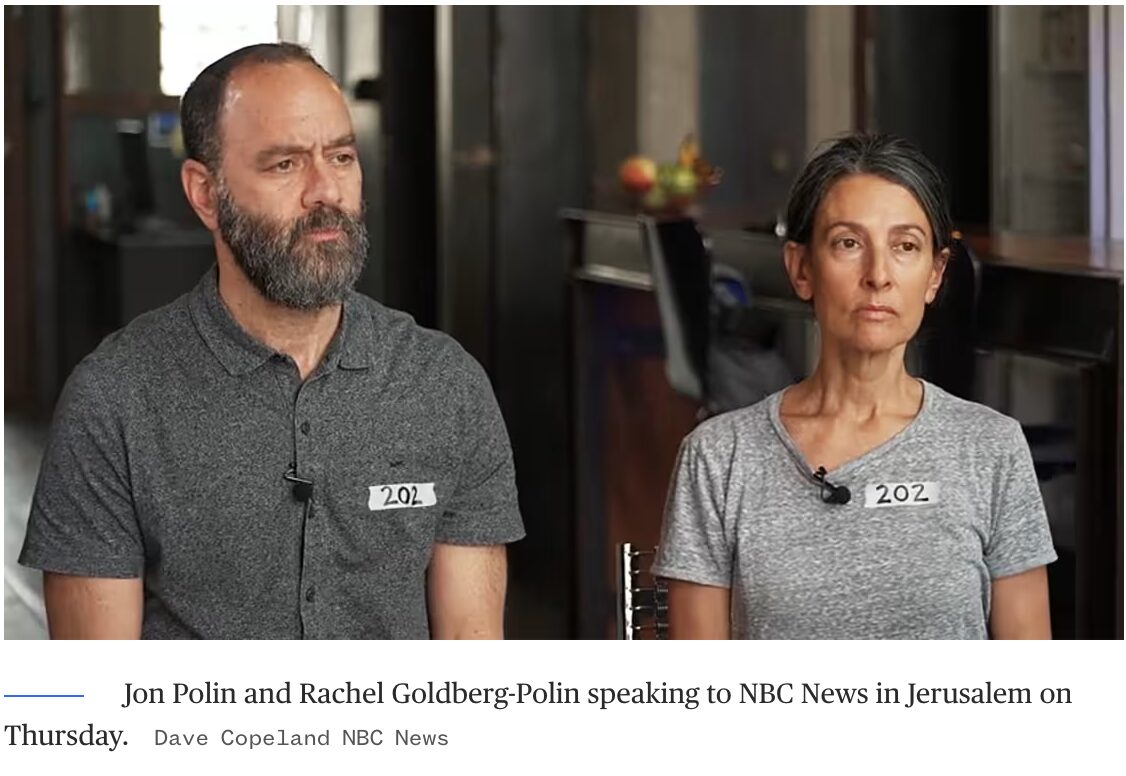


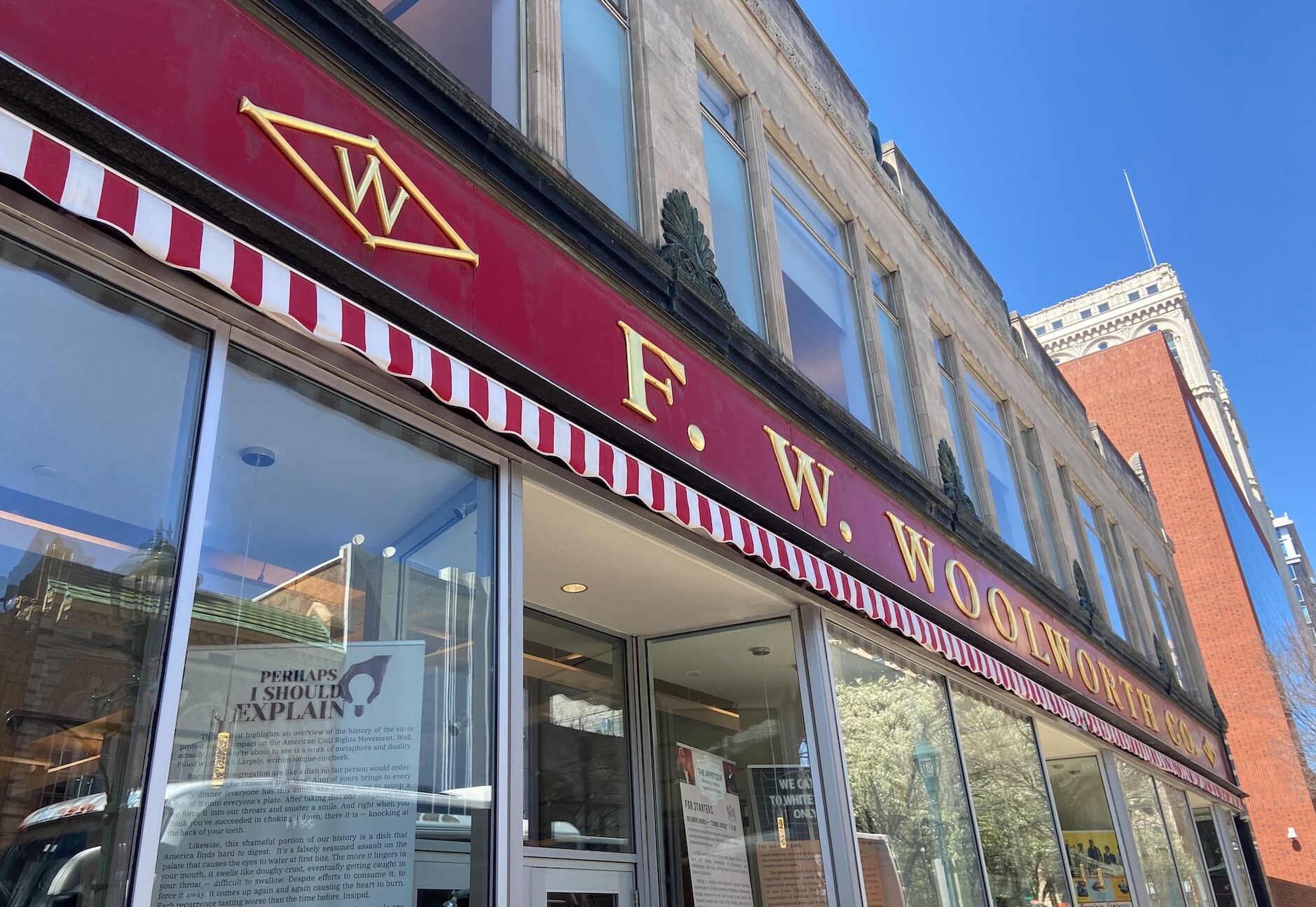
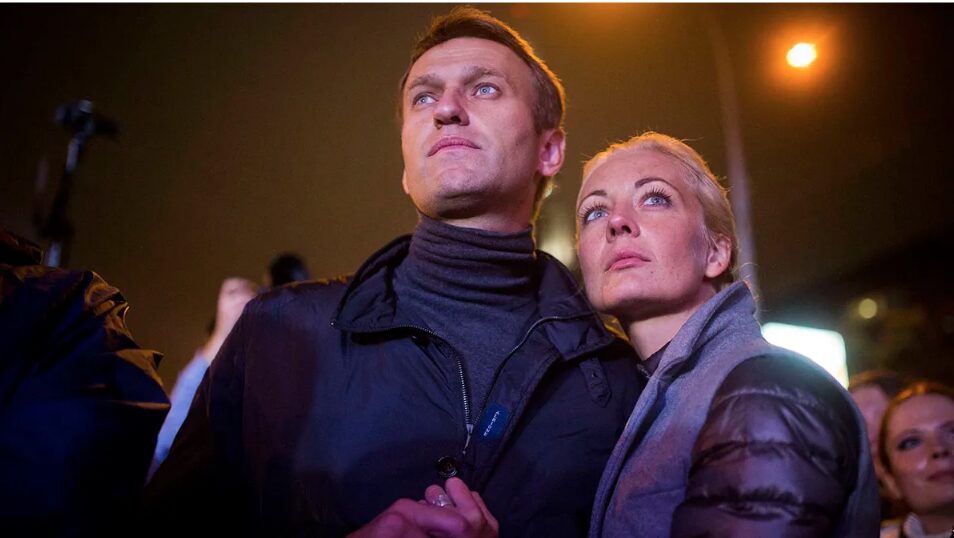
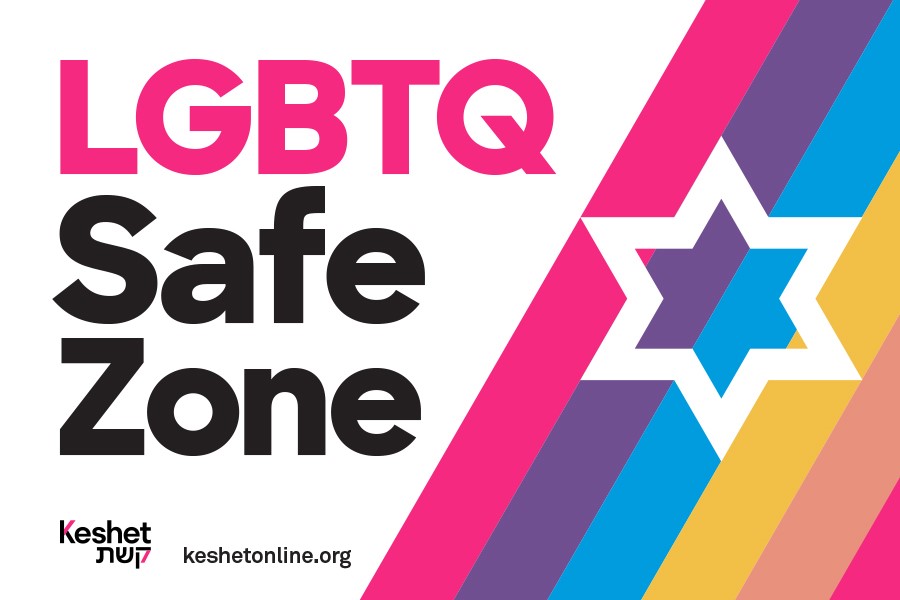

2 Comments
Gail Loyd · October 18, 2012 at 5:11 pm
My question this year is this: Pirkei Avot says we are not required to complete the task but neither are we free to desist. My question is, after 4000 years, shouldn’t we see some progress being made? If progress has been made, what are the signs of it in the world?
Debbie Goodman · October 19, 2012 at 12:22 pm
Terrific piece, David!! Thanks for both the great publicity for the event AND the inspiration.
Shabbat Shalom, Debbie